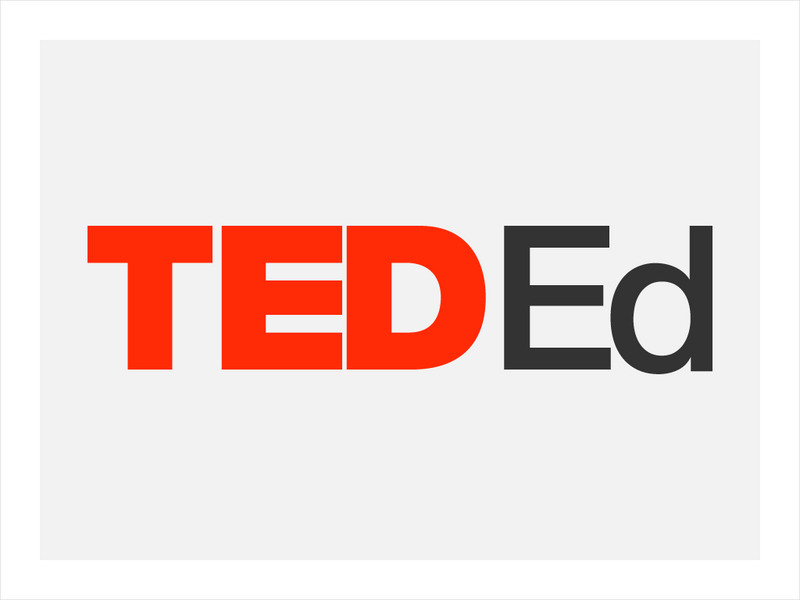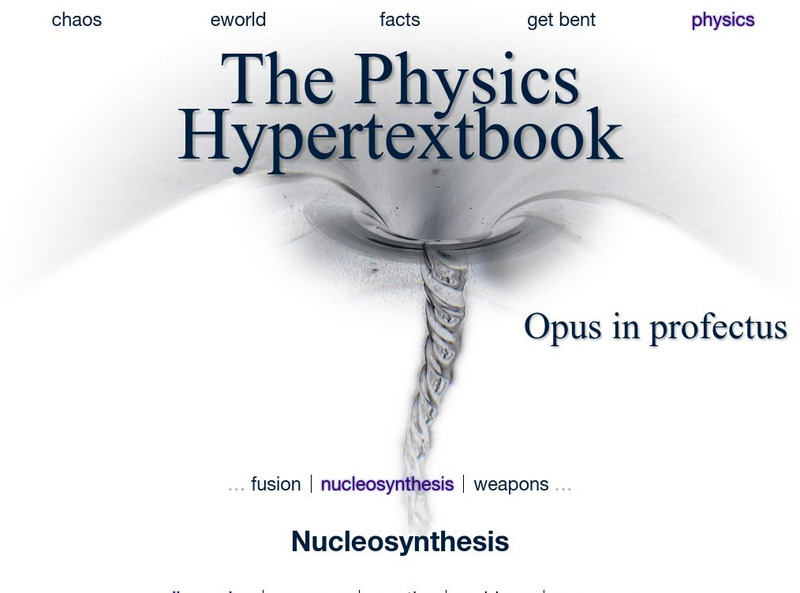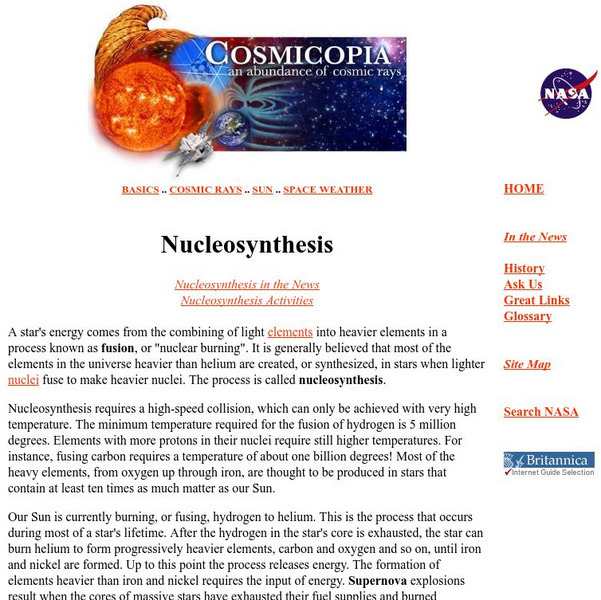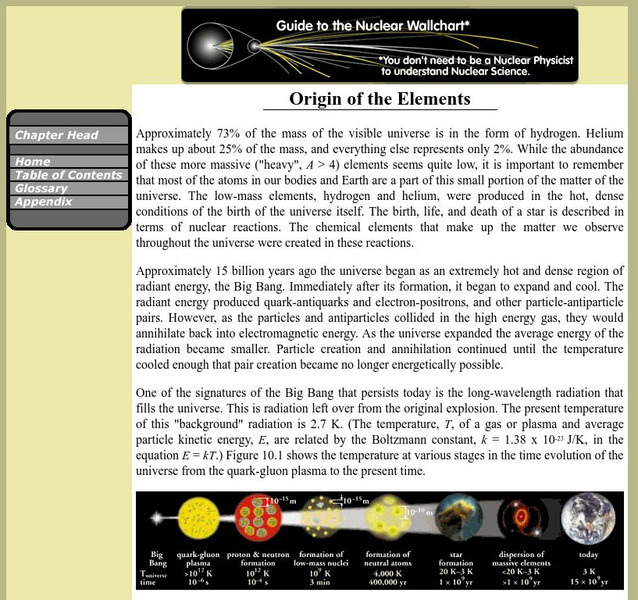TED Talks
Ted: Ted Ed: The History of Our World in 18 Minutes
Backed by stunning illustrations, David Christian narrates a complete history of the universe, from the Big Bang to the Internet, in a riveting 18 minutes. [17:40]
Other
Histography
Scroll through this ingenious interactive timeline to see events that have happened since the Big Bang. The timeline uses historical events gleaned from Wikipedia. Click on an event to see information and related events, and for some, a...
Cosmos 4 kids
Cosmos4 Kids: Universe: Origins of the Universe
How did our universe get here? A beginner's research page answers this question for young learners.
Khan Academy
Khan Academy: Edwin Hubble
An article about the life of Edwin Hubble. Learn about how he grew up, education, and how he developed his theories of an expanding universe.
ACT360 Media
Act Den: Sky Den
This journey will help you solve big questions about the universe. You will be able to see beyond human capabilities and will learn what scientists are discovering.
NASA
Nasa: Image Science Center: Ask the Space Scientist
A NASA scientist, Dr. Sten Odenwald, answers many students' questions. Topics include planets, galaxies, black holes, the origin of the universe, and common misconceptions about space.
Exploratorium
Exploratorium: Cern: Antimatter
A wonderfully written non-technical introduction to antimatter, as well as a brief discussion of the investigation into the asymmetry between the quantities of matter and antimatter observed in our universe.
Other
Atom Central: The H Bomb & the Birth of the Universe
Peer into the heart of nuclear explosions through a series of photographs of the detonation of Hydrogen Bombs.
Physics Hypertextbook
The Physics Hypertextbook: Nucleosynthesis
Understand the process of nucleosynthesis, and how the elements formed in the creation of the universe.
NASA
Nasa: Cosmicopia: Nucleosynthesis
NASA's Cosmicopia illustrates the process of element creation in the universe.
Khan Academy
Khan Academy: Quiz: Looking Back
Quiz yourself on the origins of the universe and life.
Curated OER
Science Kids: Science Images: Universe Timeline
This diagram shows a universe timeline as suggested by many scientists and theoretical physics experts. This popular timeline of the universe has different stages which include: quantum fluctuations, inflation, dark ages, first stars,...
Khan Academy
Khan Academy: Claudius Ptolemy
Claudius Ptolemy believed the Earth was the center of the universe. Learn about his theories and life in this biographical article.
Khan Academy
Khan Academy: Glossary: The Future
A helpful glossary to terms in the Big History Project.
Lawrence Berkeley National Laboratory
Berkeley Lab: Origin of the Elements
Discussion of the creation of the chemical elements that make up the matter we observe throughout the universe.
PBS
Pbs Learning Media: Relativity and the Cosmos
This illustrated essay from the NOVA Web site introduces the basic concepts of Einstein's General Theory of Relativity and what we know about cosmology as a result.
Georgia Department of Education
Ga Virtual Learning: Cosmology
This interactive module will help students understand cosmology. Learn about the standard cosmological model and explore if life is possible in other places besides the Earth.
National Science Foundation
National Science Foundation: Astronomy and Space: Research Overview
Explore some of our most fundamental questions about space exploration with this research overview collected by scientists at the National Science Foundation. Additionally, experience deep space first-hand with telescope interactives.
Curated OER
European Space Agency: Story of the Universe
The story of the universe is told in this engaging site by the European Space Agency. The history of European space science is timelined with dates ranging from 1066 to present day. The birth of galaxies, the big bang, and the beginnings...
Curated OER
Wikipedia: National Historic Landmarks in New Jersey: Horn Antenna
Arno Penzias and Robert Wilson discovered the microwave background radiation that permeates the universe using this antenna. This work earned them the 1978 Nobel Prize for Physics and led to the confirmation of the Big Bang theory.
















